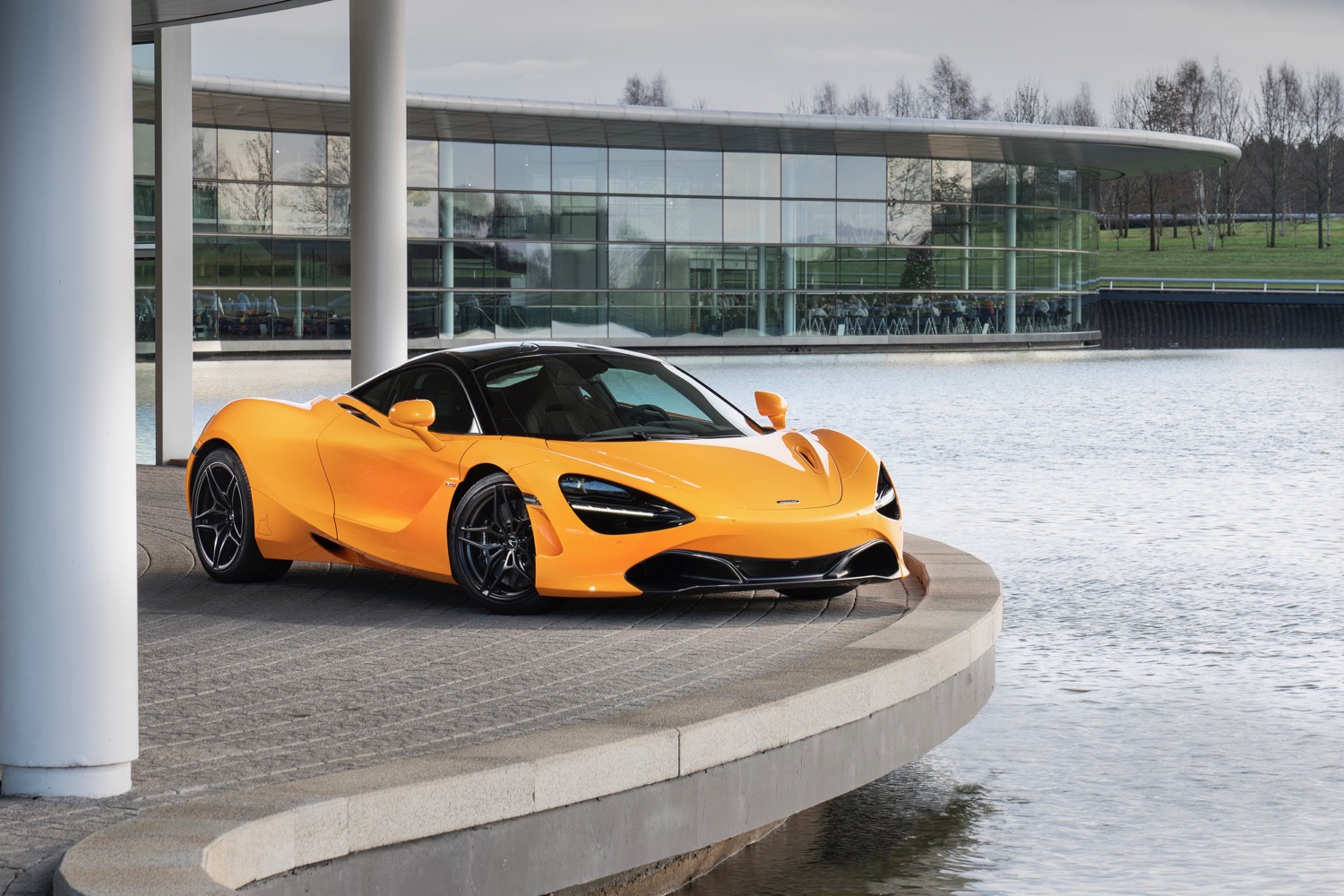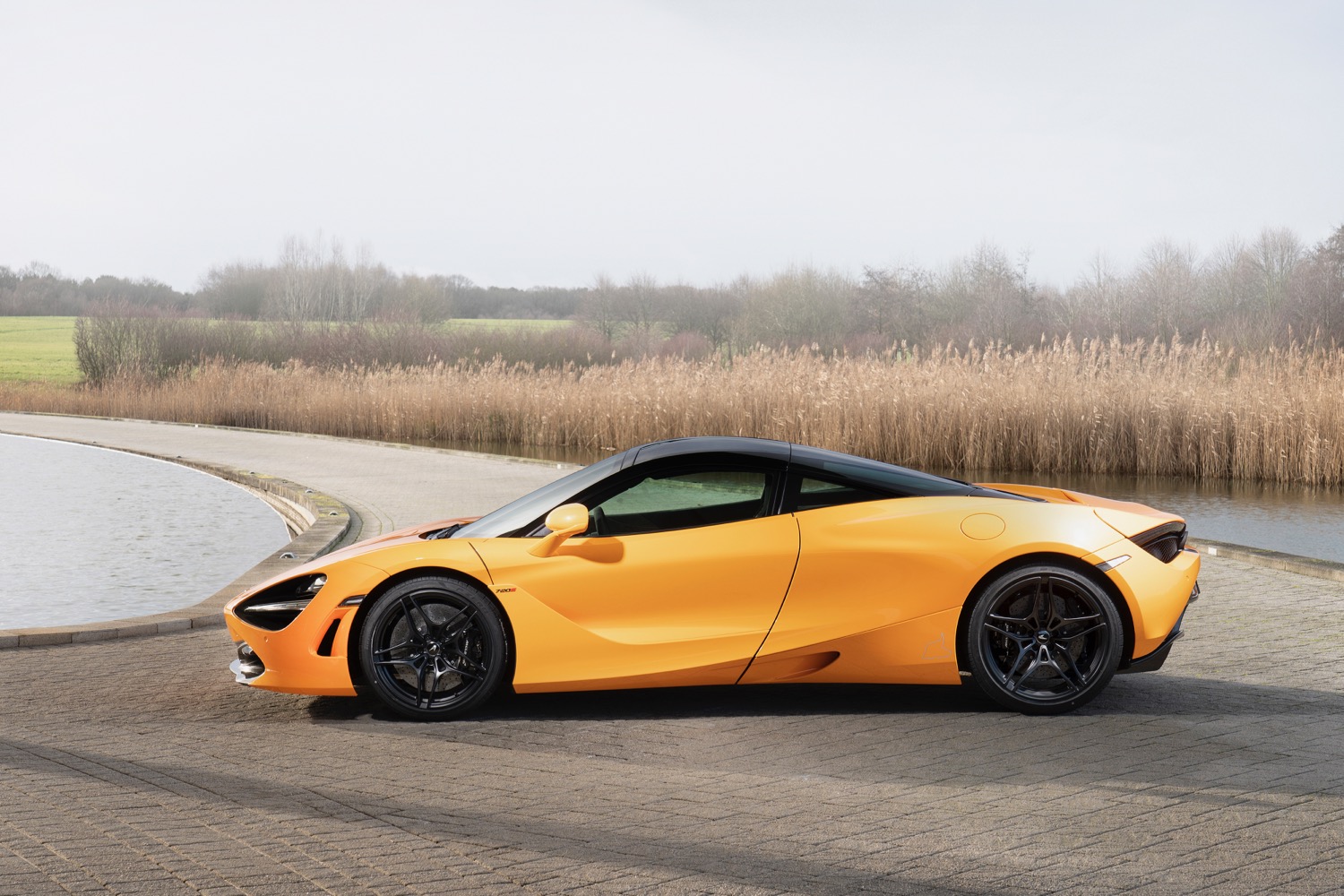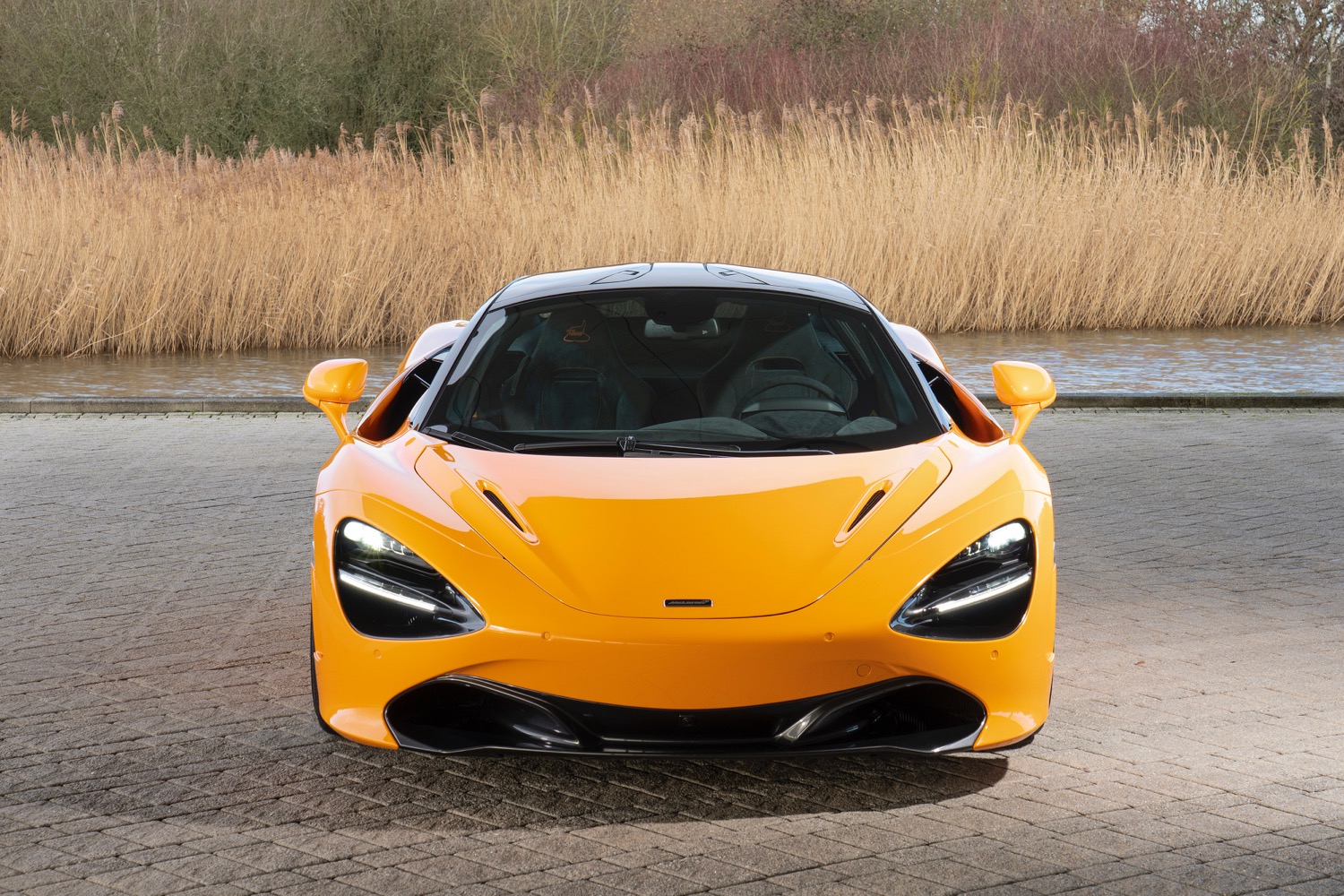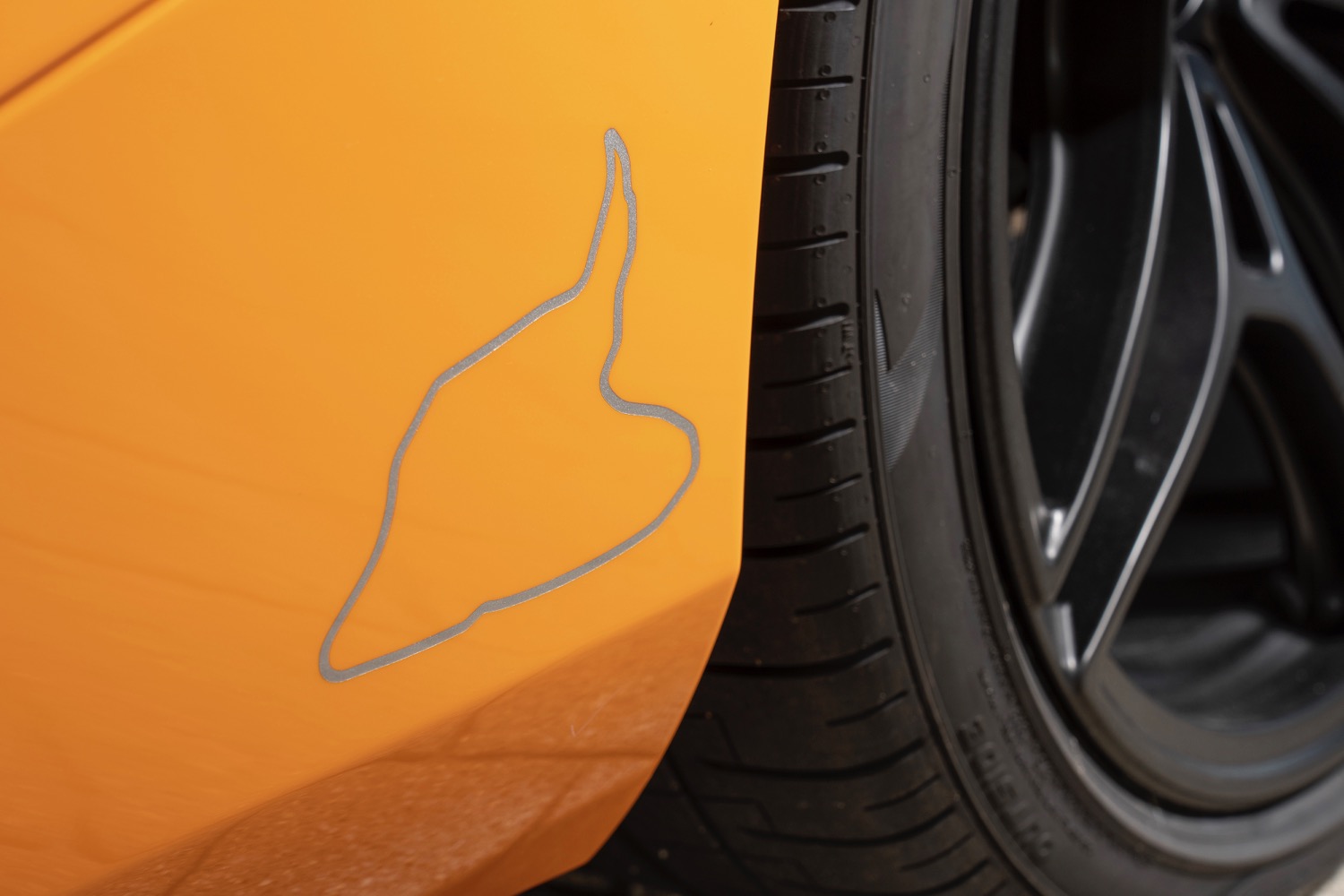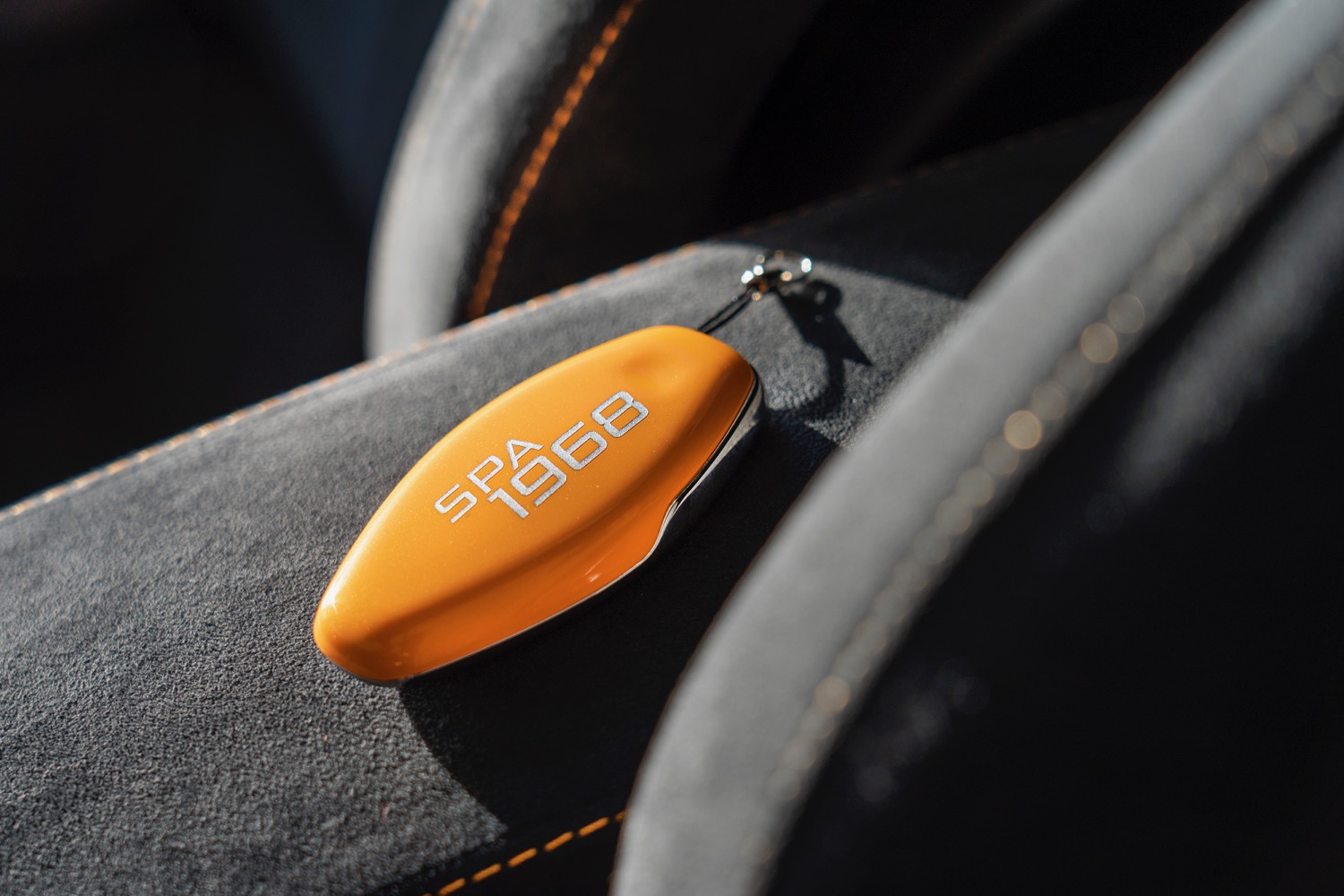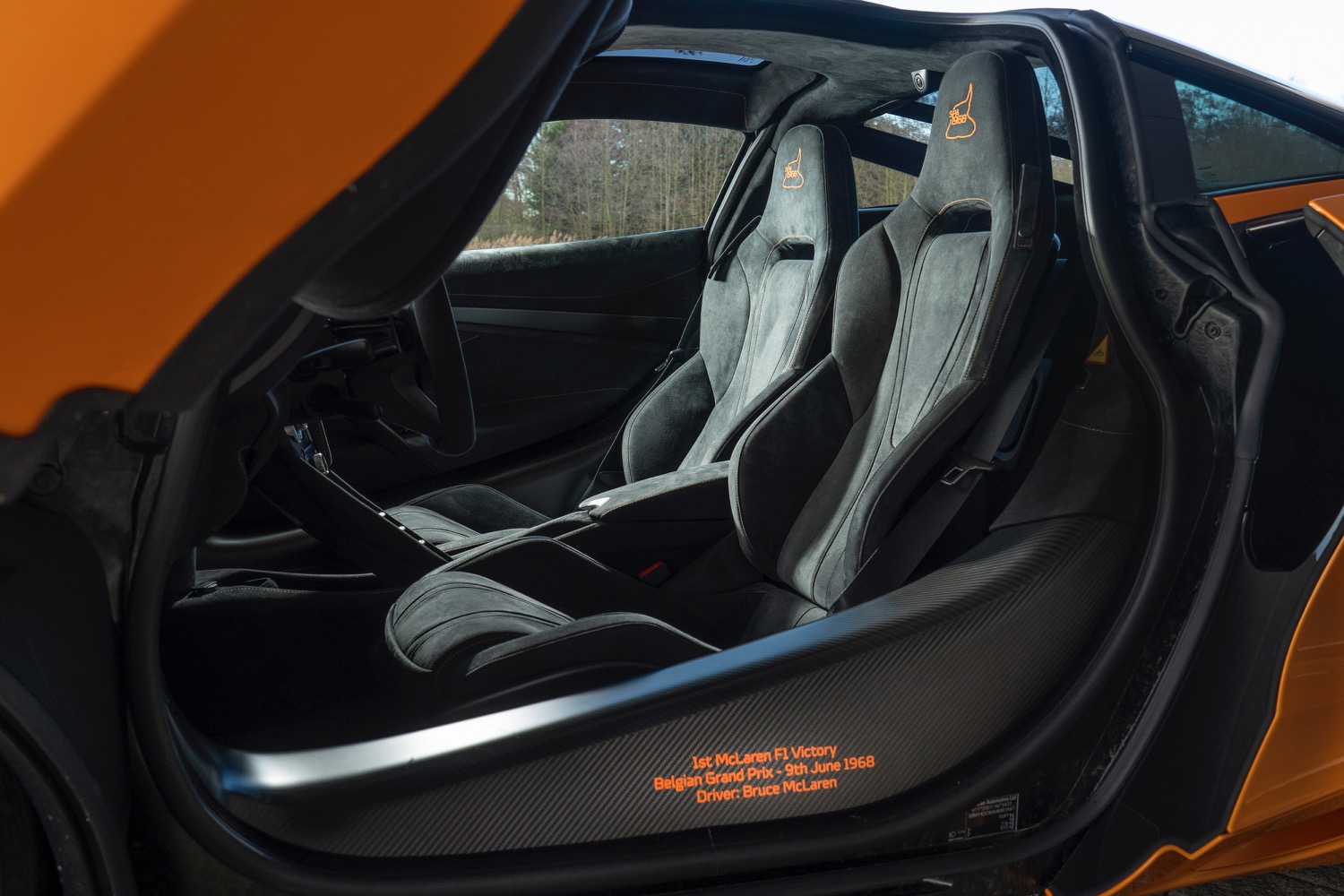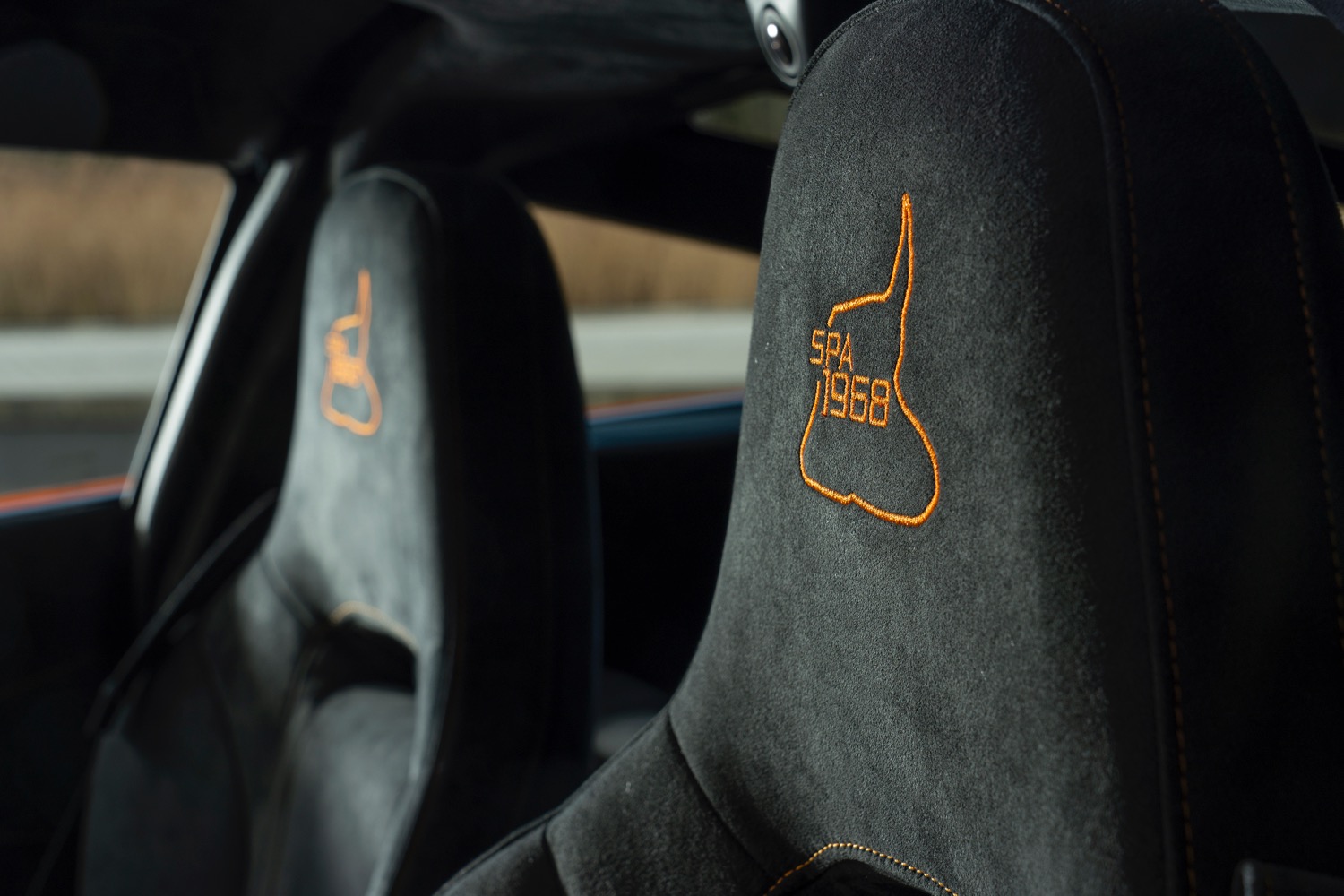McLaren’s impressive line of supercars wouldn’t have been possible without the company’s past success in Formula One racing. To emphasize that point, McLaren has cooked up a special edition of the 720S to commemorate its first F1 victory, which took place 50 years ago.
The McLaren 720S Spa 68 was designed by McLaren Special Operations (MSO), the company’s customization division. The name refers to the 1968 Belgian Grand Prix, held at the Spa-Francorchamps Circuit, and site of the McLaren F1 team’s first win. Fittingly, the special-edition car was commissioned by McLaren Brussels.
The 1968 Belgian Grand Prix was special not only because it was the site of the McLaren team’s first F1 victory, but because founder Bruce McLaren drove the winning car. He became only the third driver to win an F1 race in a car of his own design. This was also Bruce McLaren’s fourth and final F1 race win before his death in a crash in 1970.
McLaren went on to become one of the most successful teams in F1 history, winning eight drivers’ championships and 12 constructors’ championships, the first of both coming in 1974 with driver Emerson Fittipaldi behind. But McLaren has struggled recently. In 2018, it placed six out of 10 classified teams in the constructors’ championship, and was considered to have one of the slowest cars on the grid. The team hasn’t won a race since 2012.
The McLaren 720S Spa 68 ignores the team’s current troubles by emphasizing the glory days. Just three cars were built, all wearing special MSO Anniversary Orange paint. The color is meant to mimic the specific shade of orange used on the McLaren M7A F1 car that claimed victory at Spa 50 years ago. Special badging and wheels complete the package.
No mechanical changes were made. The 720S uses a 4.0-liter twin-turbocharged V8, which produces 710 horsepower and 568 pound-feet of torque. McLaren quotes a 0 to 62 mph time of 2.8 seconds, and a top speed of 212 mph.
Two of the three Spa 68 cars are already spoken for, according to McLaren, leaving one car for deep-pocketed F1 fans to fight over. McLaren isn’t shy about plumbing its past racing glories for special-edition cars — it named a car after legendary driver Ayrton Senna, after all. But if the race team’s performance doesn’t improve, that well may run dry.
